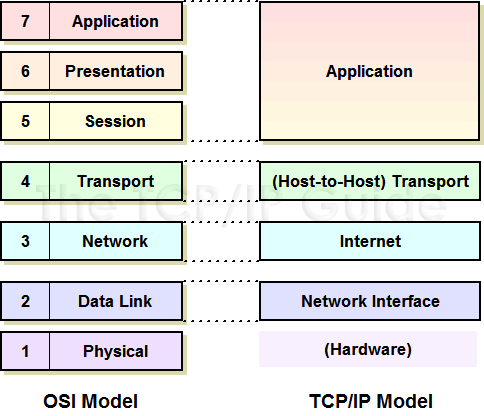 |
|
Please Whitelist This Site?
I know everyone hates ads. But please understand that I am providing premium content for free that takes hundreds of hours of time to research and write. I don't want to go to a pay-only model like some sites, but when more and more people block ads, I end up working for free. And I have a family to support, just like you. :)
If you like The TCP/IP Guide, please consider the download version. It's priced very economically and you can read all of it in a convenient format without ads.
If you want to use this site for free, I'd be grateful if you could add the site to the whitelist for Adblock. To do so, just open the Adblock menu and select "Disable on tcpipguide.com". Or go to the Tools menu and select "Adblock Plus Preferences...". Then click "Add Filter..." at the bottom, and add this string: "@@||tcpipguide.com^$document". Then just click OK.
Thanks for your understanding!
Sincerely, Charles Kozierok
Author and Publisher, The TCP/IP Guide
|
|
|

Custom Search
|
 |
The TCP/IP Guide 9 TCP/IP Protocol Suite and Architecture |
|
TCP/IP Architecture and the TCP/IP Model
(Page 2 of 3)
TCP/IP Model Layers
The TCP/IP model uses four layers that logically span the equivalent of the top six layers of the OSI reference model; this is shown in Figure 20. (The physical layer is not covered by the TCP/IP model because the data link layer is considered the point at which the interface occurs between the TCP/IP stack and the underlying networking hardware.) The following are the TCP/IP model layers, starting from the bottom.
|
As its name suggests, this layer represents the place where the actual TCP/IP protocols running at higher layers interface to the local network. This layer is somewhat “controversial” in that some people don't even consider it a “legitimate” part of TCP/IP. This is usually because none of the core IP protocols run at this layer. Despite this, the network interface layer is part of the architecture. It is equivalent to the data link layer (layer two) in the OSI Reference Model and is also sometimes called the link layer. You may also see the name network access layer.
On many TCP/IP networks, there is no TCP/IP protocol running at all on this layer, because it is simply not needed. For example, if you run TCP/IP over an Ethernet, then Ethernet handles layer two (and layer one) functions. However, the TCP/IP standards do define protocols for TCP/IP networks that do not have their own layer two implementation. These protocols, the Serial Line Internet Protocol (SLIP) and the Point-to-Point Protocol (PPP), serve to fill the gap between the network layer and the physical layer. They are commonly used to facilitate TCP/IP over direct serial line connections (such as dial-up telephone networking) and other technologies that operate directly at the physical layer.
|
| |||||||||||||||||||
Home - Table Of Contents - Contact Us
The TCP/IP Guide (http://www.TCPIPGuide.com)
Version 3.0 - Version Date: September 20, 2005
© Copyright 2001-2005 Charles M. Kozierok. All Rights Reserved.
Not responsible for any loss resulting from the use of this site.






